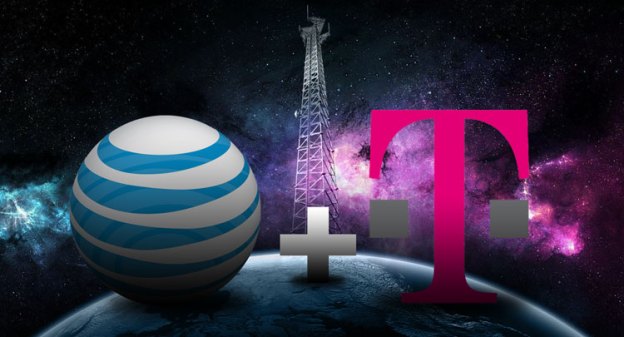
Now that AT&T’s attempt to buy T-Mobile USA is officially dead, more details have emerged about the the cost of the failed deal. According to a press release from Deutsche Telekom, T-Mobile’s parent company, AT&T will enter into a seven-year 3G roaming deal with T-Mobile. In addition, AT&T will hand over licenses for AWS mobile spectrum in 128 markets across the US, including 12 of the top 20 US markets, places like Los Angeles, Dallas, Washington, Boston, San Francisco, Phoenix, Denver, Baltimore and Seattle. This hand-over will likely force AT&T to rely upon other parts of its wireless spectrum for its rollout of nationwide LTE service.
The UMTS roaming deal will “significantly” improve T-Mobile’s coverage footprint in the US, bringing total population coverage up from 230 million to 280 million subscribers, a 20 percent jump.
All of this is on top of the $4 billion AT&T must pay to Deutsche Telekom in this quarter, as part of the break-up fee that AT&T agreed to as part of its attempted T-Mobile acquisition.
For those of you who are just now tuning into this debacle: AT&T agreed to buy T-Mobile USA from Deutsche Telekom for $39 billion. In order for the deal to go through, however, both the Federal Communications Commission and the Justice Department had to sign off on it. Unfortunately for AT&T, the Justice Department sued to stop the deal on antitrust grounds, and the FCC pushed the knife in farther by demanding a judge review the case — a move that would have almost certainly have killed the deal, if it had made it that far.
T-Mobile remains on the market. The question now is, can Deutsche Telekom find a buyer? Perhaps Sprint wants to take a crack at it.
Editors' Recommendations
- Have T-Mobile? Your 5G service is about to get much faster
- The T-Mobile Tuesdays app is about to get a big upgrade
- T-Mobile’s huge lead in 5G speeds isn’t going anywhere
- T-Mobile’s 5G is still unmatched — but have speeds plateaued?
- T-Mobile subscribers can get MLS Season Pass for free

